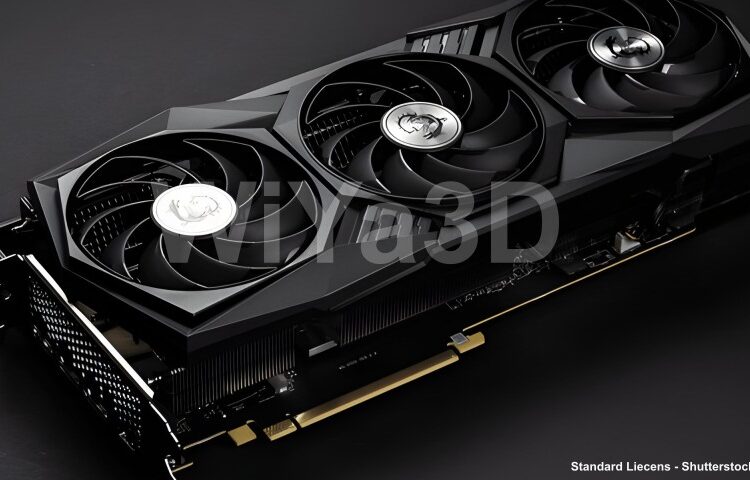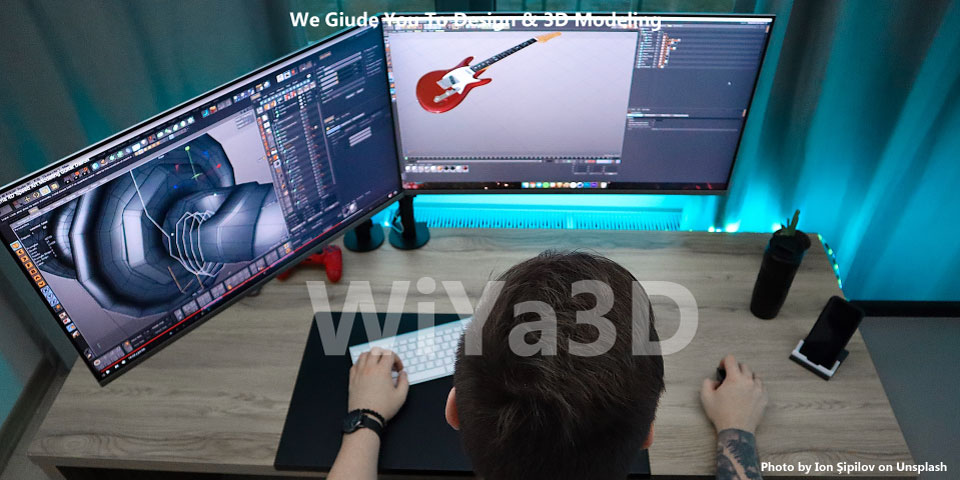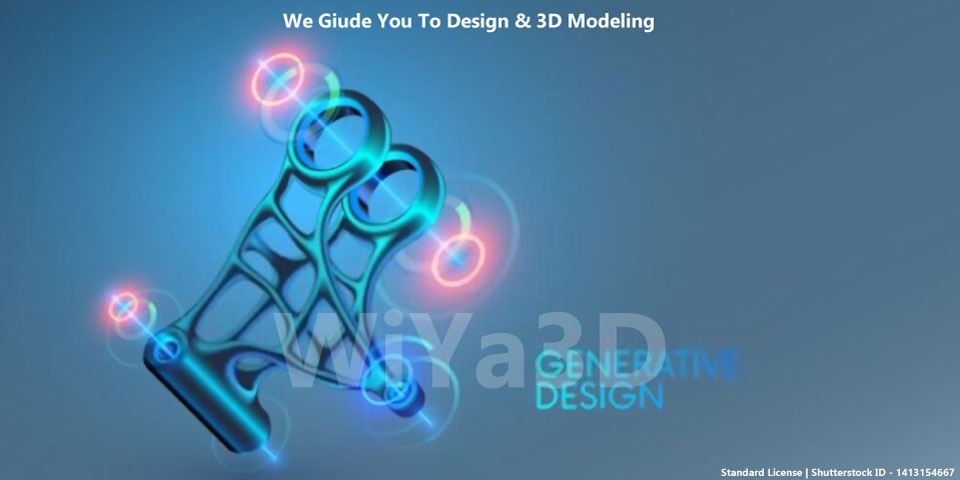Terms “parametric modeling” and “feature modeling” often arise when discussing CAD modeling techniques. Both are powerful approaches used by designers and engineers to create digital models of objects, but they serve different purposes and have unique characteristics. Understanding the differences between these techniques is key to choosing the right approach for your design needs. Let’s explore these two modeling methods and their roles in modern CAD software.
Role of Graphics Cards in CAD Modeling
A graphics card, or GPU, is responsible for rendering images, animations, and videos to the monitor. In CAD modeling, the GPU plays a critical role in rendering 3D objects, applying textures, managing lighting effects, and ensuring smooth navigation and real-time manipulation of models. While the CPU handles computations and logic, the GPU ensures that your CAD models display correctly and interact responsively.
Key Graphics Features and Technologies for CAD
Several technologies and features define how a graphics card performs in CAD environments. Let’s explore the most important ones:
-
DirectX: Developed by Microsoft, DirectX is a collection of application programming interfaces (APIs) that handle multimedia tasks, especially game programming and video rendering. For CAD users, DirectX helps in rendering graphics, especially in software that uses Direct3D. The latest versions (like DirectX 12) offer improved performance, reduced latency, and better power efficiency.
-
OpenGL (Open Graphics Library): An open standard used by many CAD software applications, OpenGL is crucial for cross-platform graphics rendering. It provides a set of functions to create 2D and 3D graphics, supporting both real-time rendering and complex visualization tasks. High OpenGL support ensures compatibility with a broad range of CAD software, including AutoCAD, SolidWorks, and CATIA.
-
OpenCL (Open Computing Language): OpenCL is used for parallel computing and is essential when CAD applications require extensive computational power, such as simulations or rendering. It allows the GPU to perform non-graphical calculations, providing a significant speed boost for complex computational tasks.
-
CUDA (Compute Unified Device Architecture): Developed by NVIDIA, CUDA is a parallel computing platform and API model that utilizes the power of NVIDIA GPUs for general-purpose processing. CUDA is widely used in engineering simulations, rendering tasks, and AI applications within CAD workflows. It enhances the performance of compatible software, such as Autodesk’s Arnold renderer.
-
Vulkan: A low-overhead, cross-platform API that provides high-efficiency access to modern GPUs, Vulkan is designed for high-performance, real-time 3D graphics applications. For CAD professionals, Vulkan offers better control over the GPU, reduced CPU overhead, and more balanced multi-threaded performance, making it ideal for complex 3D modeling.
-
Shader Model: The Shader Model defines the capabilities of the GPU in terms of processing visual effects. Higher versions of the Shader Model (like 5.0 or above) support more complex and realistic graphics rendering, which is crucial for high-end visualization in CAD applications.
Considerations for Choosing a Graphics Card for CAD
-
Compatibility with CAD Software: Ensure that your chosen GPU is certified and compatible with your specific CAD software. Programs like AutoCAD, Revit, SolidWorks, and others may have specific requirements or certifications for optimal performance.
-
GPU Type: Consumer vs. Professional:
- Consumer GPUs (e.g., NVIDIA GeForce, AMD Radeon) are designed for general-purpose computing and gaming but can handle entry-level CAD tasks.
- Professional GPUs (e.g., NVIDIA Quadro, AMD Radeon Pro) are built specifically for CAD and DCC (Digital Content Creation) tasks. They offer more precise rendering, larger memory capacities, and optimized drivers for professional software.
-
Memory (VRAM): More VRAM allows the GPU to handle larger datasets, higher resolutions, and more complex models without lag. For most CAD tasks, a minimum of 4-8 GB of VRAM is recommended, while for more advanced simulations and 3D modeling, 16 GB or more is ideal.
-
Performance and Power Consumption: Look for a balance between performance and power consumption. High-end GPUs consume more power but provide better performance for complex CAD tasks.
-
Cooling and Size: Ensure your workstation can accommodate the GPU in terms of both size and cooling requirements. CAD tasks can generate substantial heat, so adequate cooling is essential.
Best Graphics Cards for CAD Modeling
-
NVIDIA Quadro RTX Series (e.g., Quadro RTX 4000, RTX 5000): Designed for professional applications, Quadro GPUs offer ECC memory, optimized drivers, and features like real-time ray tracing and AI-accelerated workflows. Ideal for complex 3D modeling, simulations, and rendering tasks.
-
AMD Radeon Pro Series (e.g., Radeon Pro W5700, W6800): Provides excellent performance for CAD applications with support for OpenCL, Vulkan, and robust driver support. The Radeon Pro series is known for its stability and reliability in professional workflows.
-
NVIDIA GeForce RTX Series (e.g., RTX 3070, RTX 3080): While primarily designed for gaming, the RTX series also performs well in CAD applications, especially for users who need a cost-effective solution with strong CUDA support.
-
AMD Radeon RX Series (e.g., RX 6800, RX 6900 XT): Offers good performance for CAD applications at a competitive price, with support for DirectX 12, OpenGL, and Vulkan.
Conclusion
Choosing the right graphics card for CAD modeling is about understanding your specific needs, software requirements, and the unique features each GPU offers. Whether you’re looking for raw performance, specific API support, or budget-friendly options, there is a graphics card that fits your requirements. Investing in a professional GPU, like NVIDIA Quadro or AMD Radeon Pro, ensures compatibility and stability for complex CAD tasks, while high-end consumer GPUs can be a cost-effective choice for lighter workloads.







